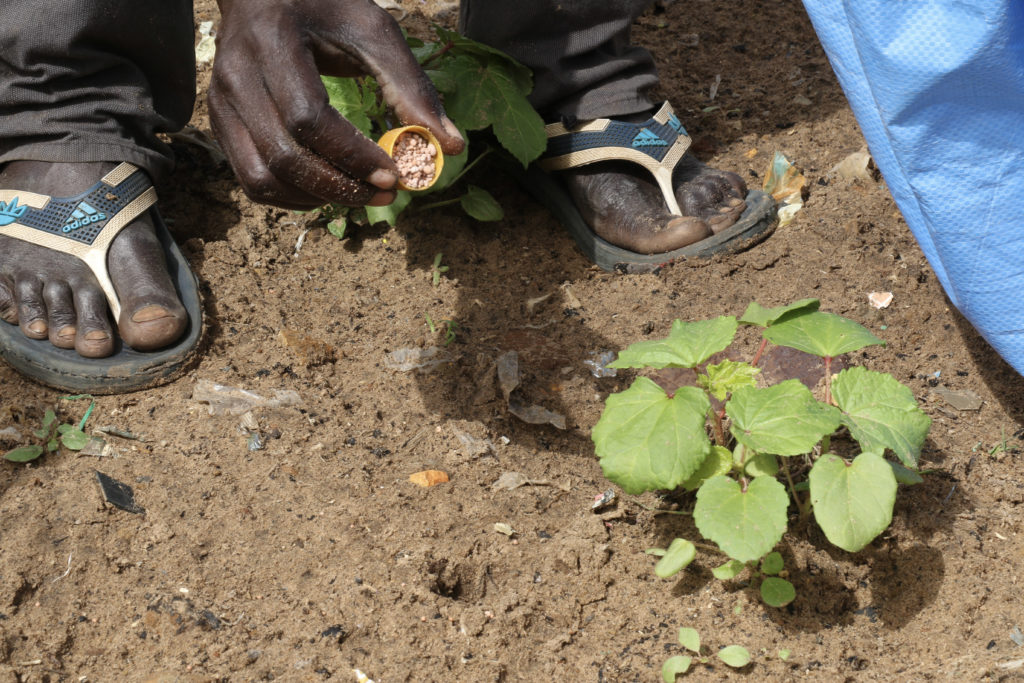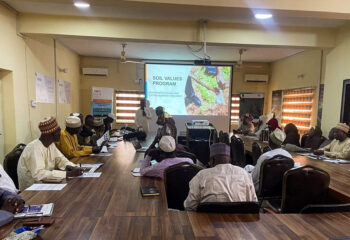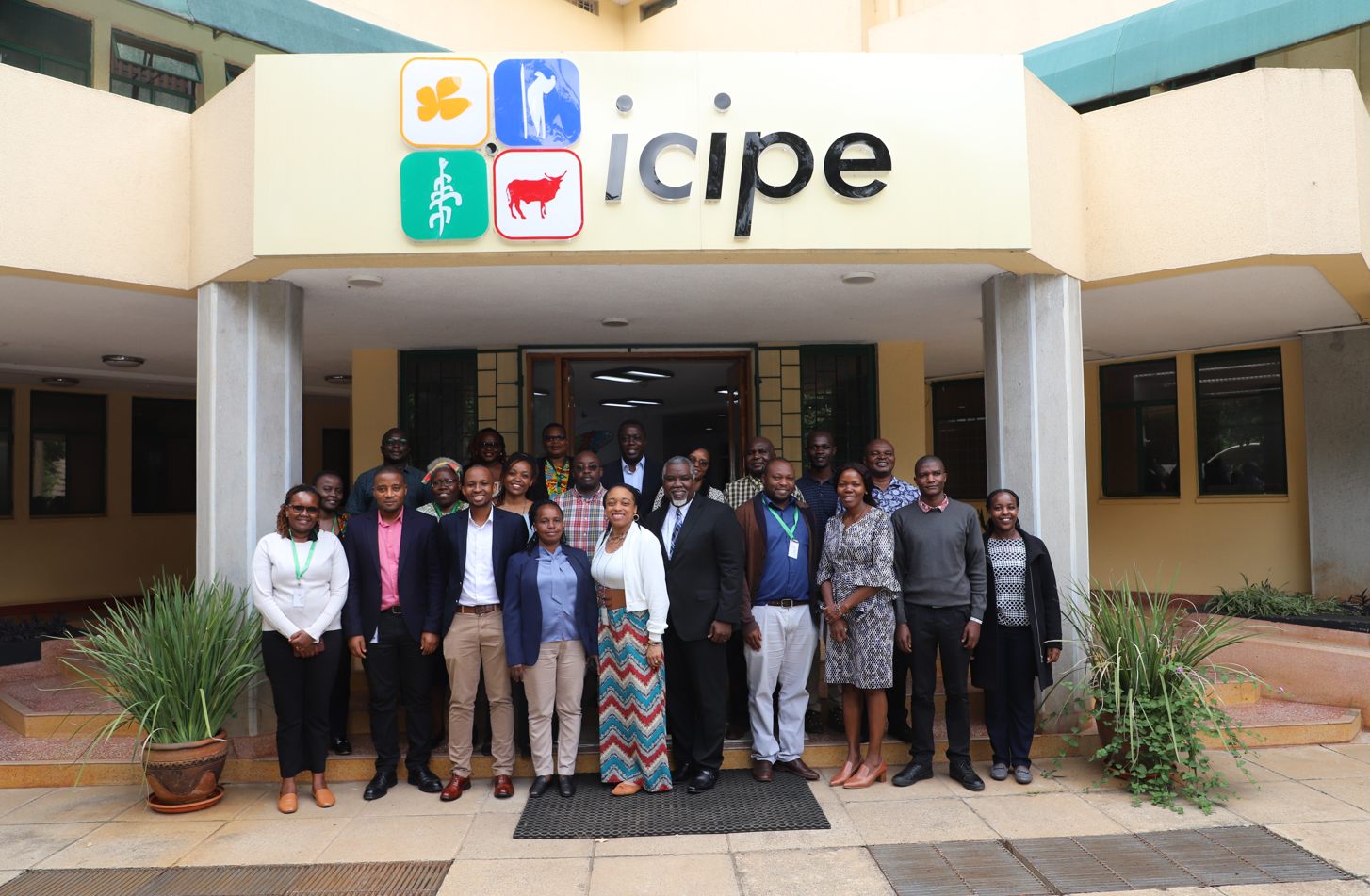
Have you ever bought plant food as a last-ditch effort to keep those trendy houseplants alive? What about fertilizer for your backyard garden? Or even fertilizer for your entire farm? However big your green thumb is, you probably know that fertilizer application (whether organic or mineral) affects our environmental footprint, whether you’re greening up your office space or providing food for your family or the world.
While eliminating fertilizer use is not a viable option, we can make sure the fertilizer we do use (which ensures at least 50% of the world population has food on their table) is managed properly to protect the environment.
Enter the 4Rs of Nutrient Stewardship.
Applying the 4Rs improves the efficiency of fertilizer use and guarantees that agricultural systems of all sizes are environmentally sustainable.
With benefits including better crop performance, improved soil health, decreased groundwater and air pollution, and increased farmer profits, the 4Rs are a win-win for farmers and the environment.

What are the 4Rs? Right Source, Right Amount, Right Time, and Right Placement. The 4Rs work as a unit. Ignoring one aspect will affect the others, reducing the system’s efficiency. Let’s take a look at the 4Rs step by step.
- Right Source refers to the nutrients a fertilizer is composed of, primarily nitrogen, phosphorus, and potassium and possibly secondary and micronutrients. The fertilizer you use should always suit both the plant’s and the soil’s physical and chemical properties. Soil sampling, which is available in the U.S. through your local cooperative extension program, is a fantastic way to understand your soil’s and plant’s needs.
- Right Rate indicates the correct amount of fertilizer. An imbalance in fertilizer nutrients can affect soil health, plant yields, or both. Underapplication reduces yields by not providing the correct amount of nutrients to the soil and to the plant. Just as humans can suffer from low vitamin and mineral levels, soils and plants do as well. But applying too much fertilizer can cause negative environmental effects and even alter the health of the soil in such a way that reduces plant growth.
- Right Time means applying fertilizer when your plants are most receptive to it. The proper timing of fertilizer applications helps to promote maximum plant nutrient uptake, which reduces the loss of nutrients to the environment and nutrient runoff, especially of nitrogen fertilizers because it cannot be retained in the soil for a long period of time.
- Right Place is simply applying fertilizer in a way that is accessible to your plants. Fertilizer is completely useless if a plant is unable to access it; therefore, it should always be positioned for optimal plant use. Farmers often consider plant genetics, plant spacing, tillage practices, weather, and more to determine where to place fertilizer. Proper placement allows a plant to achieve its full yield potential.

With benefits including better crop performance, improved soil health, decreased groundwater and air pollution, and increased farmer profits, the 4Rs are a win-win for farmers and the environment.
Implementing the 4Rs is a commitment to climate-smart agriculture and the accomplishment of the Sustainable Development Goals, especially SDG 13: Climate Change. These principles minimize losses of nutrients to the environment, benefiting our planet and the people who live on it. Observing the 4Rs means committing to the health of your plants, soil, and planet.
Looking to the future, within the framework of the 4Rs, IFDC (with our public and private sector partners) is developing the next generation of climate- and soil-smart fertilizers that will further enhance nutrient efficiency, meaning better productivity with less fertilizer use, thus reducing environmental impacts.
Visit nutrientstewardship.org for resources on how you can get started with the 4Rs.





